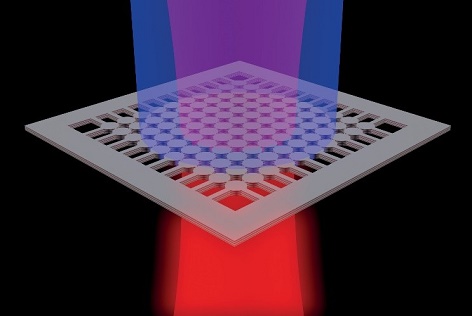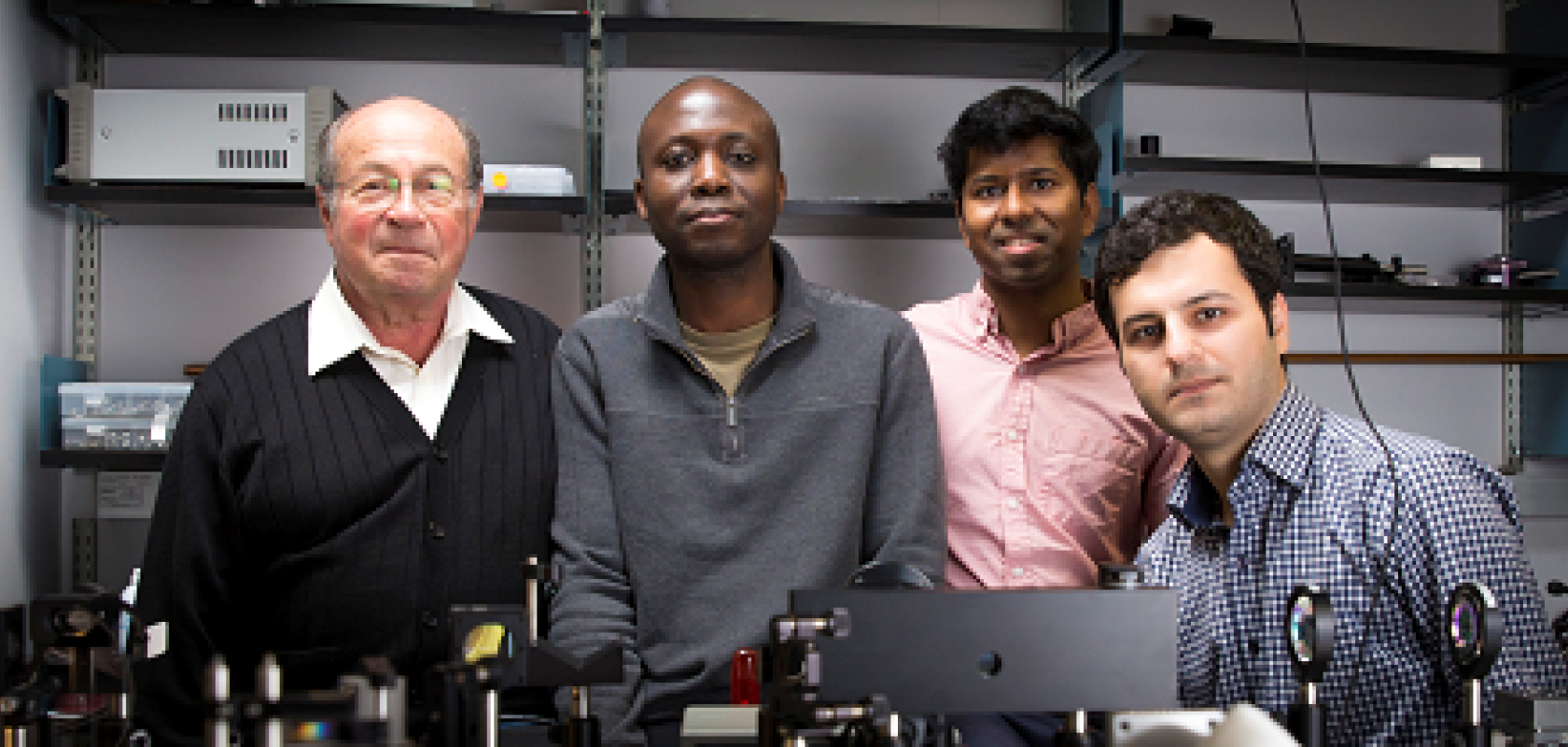Researchers at the University of California San Diego have demonstrated a new type of laser that has the potential to be more compact and energy efficient than the standard vertical-cavity surface emitting lasers used in many computing and optical networking links.
The new laser is based on an unconventional physics phenomenon called ‘bound states in the continuum’ (BIC), which are resonant states. First proposed as part of quantum mechanics theory in 1929, only recently was it realised that BICs are a general wave phenomenon that could also be applied to optics.
In a previous study, Kanté and his team demonstrated, at microwave frequencies, that BICs could be used to efficiently trap and store light. Now, they’re harnessing BICs to demonstrate new types of lasers at telecom wavelengths.
“The popular VCSEL may one day be replaced by what we’re calling the ‘BICSEL’ — bound state in the continuum surface-emitting laser, which could lead to smaller devices that consume less power,” said Boubacar Kanté, electrical engineering professor at the UC San Diego Jacobs School of Engineering who led the research. The team has filed a patent for the new type of light source.
Until now, ‘bound in continuum’ light states have only been created in passive systems such as waveguides. In the latest research, Boubacar Kanté and colleagues constructed a nanostructured material in which such bound states in a continuum are used to produce laser action at room temperature for the first time. Their work was reported in Nature: doi:10.1038/nature20799.

Schematic of the BIC laser: a high frequency laser beam (blue) powers the membrane to emit a laser beam at telecommunication frequency (red). Image courtesy of Kanté group at UC San Diego
To make a laser, light is trapped between mirrors or in a cavity. This confinement is vital as it allows the light to build in intensity so that stimulated emission – lasing – occurs. BICs are resonant waves that defy conventional wisdom, by remaining localised even though they are in an open system where other frequencies carry energy away.
The BIC laser in this work is constructed from a thin semiconductor membrane made of indium, gallium, arsenic and phosphorus. The membrane is formed from an array of cylinders, each about 500nm across, interconnected by a network of supporting bridges that provide mechanical stability.
By powering the membrane with a high-frequency laser beam, researchers induced it to emit its own laser beam at around 1550nm. “Right now, this is a proof of concept demonstration that we can indeed achieve lasing action with BICs,” Kanté commented.
The team’s next step is to make BIC lasers that are electrically powered by mounting the membrane on a conductive substrate. Currently the device’s efficiency is about 20 per cent, though the researchers believe the efficiency can be engineered to reach much higher values.
The scaling of the BIC lasers is unique and can enable much smaller lasers, Kanté added. “What’s remarkable is that we can get surface lasing to occur with [nano-resonator] arrays as small as 8 × 8,” he said. In comparison, VCSELs and other types of surface-emitting lasers need much larger (100 times) surface areas – and thus more power – to achieve lasing.
Of future interest is the fact that BIC lasers could be designed to emit beams with specially engineered shapes (spiral, donut or bell curve) — called vector beams — which could enable optical communication links that carry up to 10 times more information than existing ones.
Vector beams possess orbital angular momentum – a well-defined twist or helicity – a property that can be exploited as another degree of freedom for multiplexing data in optical fiber links. Systems using orbital angular momentum have been shown to scale to terabit capacities using mode-division multiplexing.
BIC lasers could also be developed as high-power lasers for industrial and defence applications, and for use in research labs to explore novel light–matter interaction effects. “Because they are unconventional, BIC lasers offer unique and unprecedented properties that haven’t yet been realized with existing laser technologies,” Kanté concluded.
Image (top): Researchers at UC San Diego demonstrate the first laser using bound states in the continuum (BICs). Left to right: Yeshaiahu Fainman, Boubacar Kanté, Ashok Kodigala and Babak Bahari.


